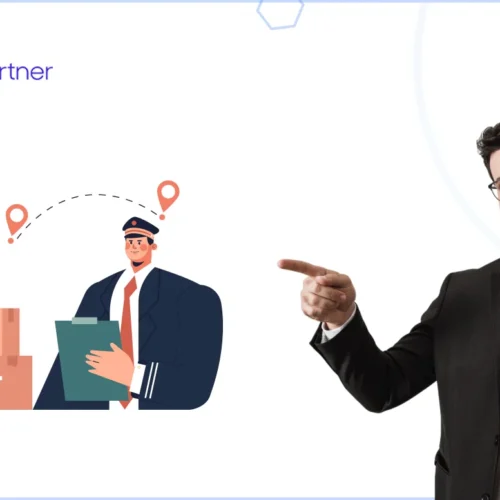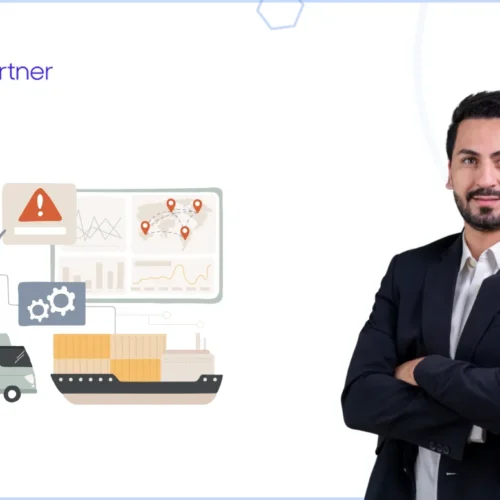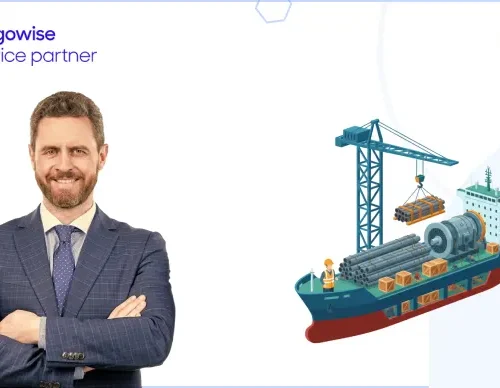Every freight forwarder knows that no two shipments are the same. Customers have unique requirements, carriers ask for different formats, and compliance authorities often demand extra details. While CargoWise has long offered robust shipment records, one common challenge has been capturing business-specific information that doesn’t fit into standard fields.
That’s where Custom Fields in CargoWise comes in. With the latest enhancement, shipment custom attributes defined in the System Registry are now visible in the Shipment Details screen in the Neo Staff portal. This means users can add, view, and manage shipment-specific data more easily, without relying on external notes or spreadsheets.
Let’s break down what this update means, how it works, and why it’s a practical win for forwarders looking to make their CargoWise setup more flexible.
What are Custom Fields in CargoWise Shipments?
Custom Fields are user-defined attributes that allow forwarders to extend standard CargoWise shipment records with their own data points. They’re defined under:
System Registry → Freight → Shipment → Custom Attributes.
CargoWise supports four field types:
Date – for deadlines, cutoffs, or compliance dates.
Decimal – for charges, weights, or percentages.
Flag – yes/no indicators for quick decision points.
Text – free-text entries for notes, references, or codes.
Once set up in the System Registry, these fields appear in CargoWise under:
Forwarding → Shipments → Additional Information → Custom Fields.
This update ensures these fields are now also visible in Neo Staff portal shipments, meaning teams working in Neo don’t lose access to critical customized data.
Why Do Custom Fields Matter for Freight Forwarders?
In freight forwarding, rigid systems can slow teams down. Every business has nuances:
A customer might want their internal reference number attached to every shipment.
- Certain lanes may require special temperature checks.
- Finance may track unique surcharge breakdowns beyond CargoWise defaults.
- Compliance teams may need custom flag indicators for high-risk cargo.
Without Custom Fields, operators often resort to spreadsheets, emails, or manual notes. This creates silos, increases the chance of mistakes, and makes reporting inconsistent.
With Custom Fields embedded in the shipment record itself, forwarders gain:
Centralization – all shipment data stored in one place.
Flexibility – system adapts to business needs, not the other way around.
Visibility – Neo Staff users see the same custom data, reducing back-and-forth.
Accuracy – fewer manual workarounds mean fewer errors.
Where Do Custom Fields Improve Daily Operations?
Here are practical use cases where forwarders can benefit:
Operations teams – Add custom ETD cutoffs for specific carriers.
Sales teams – Record customer-specific instructions or SLAs.
Finance teams – Track custom surcharge fields or payment references.
Compliance teams – Add fields for DG flags, permit numbers, or inspection notes.
Customer service teams – Capture unique order references that appear on client reports.
By embedding these directly in the shipment, you eliminate scattered notes and bring everything under CargoWise’s unified record.
How Does This Tie Into CargoWise Workflow & Reporting?
- Custom Fields aren’t just for storage — they can also power workflows and analytics.
- A Flag field could trigger a workflow task (e.g., “Dangerous Goods flag = Yes → Create DG documentation task”).
- A Date field could serve as a milestone trigger for automated alerts.
Text fields can feed into reporting dashboards, making customer-specific reporting easier.
This means forwarders can design workflows that reflect their real-world operations, not just system defaults.
What Problems Does This Solve in Today’s Logistics Environment?
Forwarders face growing pressure for:
Customer-specific visibility – shippers want updates aligned with their internal KPIs.
Regulatory compliance – especially with customs, DG cargo, and sustainability reporting.
Data consistency across teams – operations, finance, and compliance must stay aligned.
Before this enhancement, some of this information lived outside CargoWise, leading to manual entry, communication gaps, and slower response times.
By surfacing Custom Fields in both CargoWise Forwarding and the Neo Staff portal, CargoWise has given forwarders a way to stay agile without losing control of data integrity.
When Should Forwarders Configure Custom Fields?
Not every business needs dozens of Custom Fields; too many can clutter the system. The key is to identify where standard CargoWise fields stop short.
Ask:
- Do customers demand information not captured in the shipment screen?
- Do you need operational data that’s specific to certain commodities or lanes?
- Are you tracking KPIs manually because CargoWise can’t?
If the answer is yes, it’s time to configure Custom Fields.
Who Benefits Most From This Enhancement?
- Forwarders with complex customer requirements, where SLAs include unique data points.
- 3PLs manage diverse client portfolios, since each client can have different reporting needs.
- Global operations teams, ensuring all offices use consistent, centralized data.
- IT and compliance teams, reducing reliance on external tracking tools.
Ultimately, it benefits any CargoWise user looking for flexibility without compromising system integrity.
Conclusion
CargoWise’s new enhancement to display Custom Fields in the Neo Staff portal is more than just a technical upgrade. It’s a step toward giving freight forwarders flexibility, control, and visibility in one platform.
By configuring the right attributes, whether dates, flags, decimals, or text, you can align CargoWise with your unique business processes, keep teams on the same page, and deliver the tailored visibility your customers expect.
Need help configuring Custom Fields or aligning them with workflows? Elicit the certified CargoWise consultant can assess your setup, recommend smart configurations, and help you integrate Custom Fields into automation and reporting.






